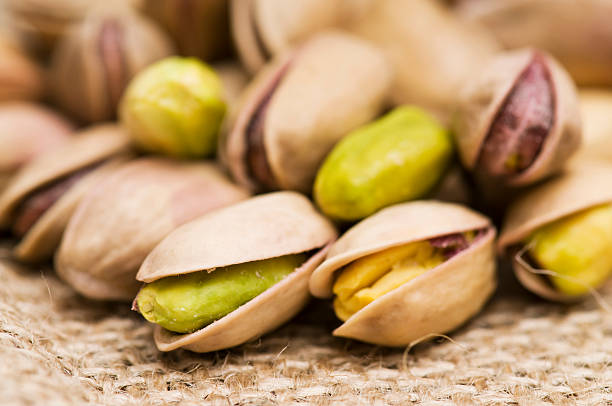
Introduction
Pistachios are one of the most valuable and popular nuts worldwide, celebrated for their delicious taste and exceptional nutritional properties. Iran is recognized as one of the largest producers of pistachios in the world. To have a productive pistachio orchard, it’s crucial to follow specific cultivation methods and best practices.
Selecting Suitable Land
The choice of land for planting pistachios is of paramount importance. Pistachios require specific conditions for optimal growth:
- Soil: The best soil for pistachio cultivation is loamy-sandy soil with a pH ranging from 7 to 8.5. Well-drained soil with sufficient organic matter promotes healthy growth for pistachio trees.
- Sunlight: Pistachio trees need direct sunlight. They should be planted in areas with full sun exposure, as shade can hinder their growth.
- Climate: Pistachios thrive in semi-arid, warm climates. Ideal temperatures are between 35 to 40 degrees Celsius (95 to 104 degrees Fahrenheit) in summer and -10 to 5 degrees Celsius (14 to 41 degrees Fahrenheit) in winter.
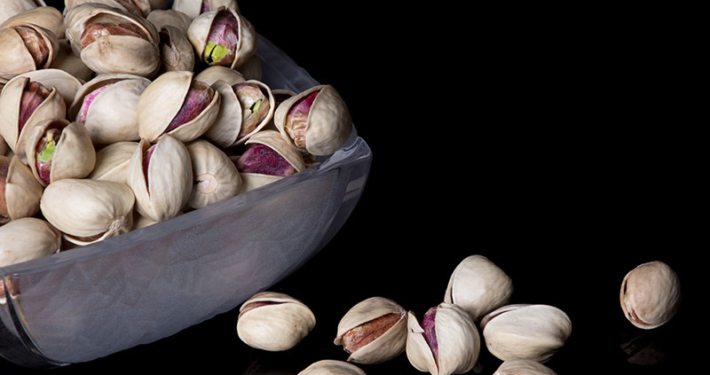
Preparing the Land
Before planting, proper land preparation is essential:
- Tilling: Till the soil to a depth of 30 to 40 centimeters to reduce soil compaction.
- Fertilization: Add organic and mineral fertilizers to enhance soil fertility.
- Soil Testing: Conduct soil tests to determine pH and existing nutrients, adjusting the fertilization program accordingly.
Choosing Pistachio Seedlings
Selecting the right seedlings is key to the success of a pistachio orchard:
- Type of Seedling: Pistachio seedlings are mainly divided into two groups: seedling and grafted types, each with distinct characteristics and benefits.
- Seedling Health: Seedlings should be free from diseases and pests and purchased from reputable sources.
Planting Seedlings
The planting season varies by region; typically, early spring or fall is ideal. The following steps are essential for planting seedlings:
- Pit Digging: Dig holes 80 centimeters deep and wide.
- Planting Seedlings: Gently place seedlings in the holes, ensuring they are level with the soil surface.
- Watering: Initial watering after planting is crucial for establishing the seedlings’ root systems.

Post-Planting Care
Caring for pistachio trees during the first few years is vital for orchard success:
- Irrigation: Regular watering is essential, especially during the initial years. As the roots establish, irrigation frequency can be reduced.
- Fertilization: Regular application of nitrogen, phosphorus, and potassium fertilizers supports healthy growth.
- Pruning: Pruning is important for maintaining tree shape and productivity. Typically, pruning is done in the fall.
Pest and Disease Control
Pistachio trees, like any other plants, are susceptible to pests and diseases. Use the following strategies for effective management:
- Prevention: Employ resistant seedlings, practice crop rotation, and maintain orchard hygiene to prevent infestations.
- Identification and Treatment: Early detection of pests and diseases, along with appropriate use of pesticides or organic methods of control, is crucial.
Harvesting
Pistachio harvesting usually occurs in late summer to early autumn. For harvesting:
- Timing: The appropriate time for harvesting is when the shells of the pistachios begin to split open.
- Harvesting Methods: Harvesting can be done by hand or mechanically. Manual harvesting involves using a harvesting pole to knock down pistachios, while machines are available for larger-scale operations.
Conclusion
Pistachio cultivation is a complex process that requires careful planning, appropriate selection, and ongoing care. By adhering to best practices in planting, management, and harvesting, one can achieve high-quality and abundant yields. Not only are pistachios a nutritious food source, but they can also provide significant economic returns for farmers.
For purchasing, please contact Mr. Ravanshad via WhatsApp at 00989214773705.


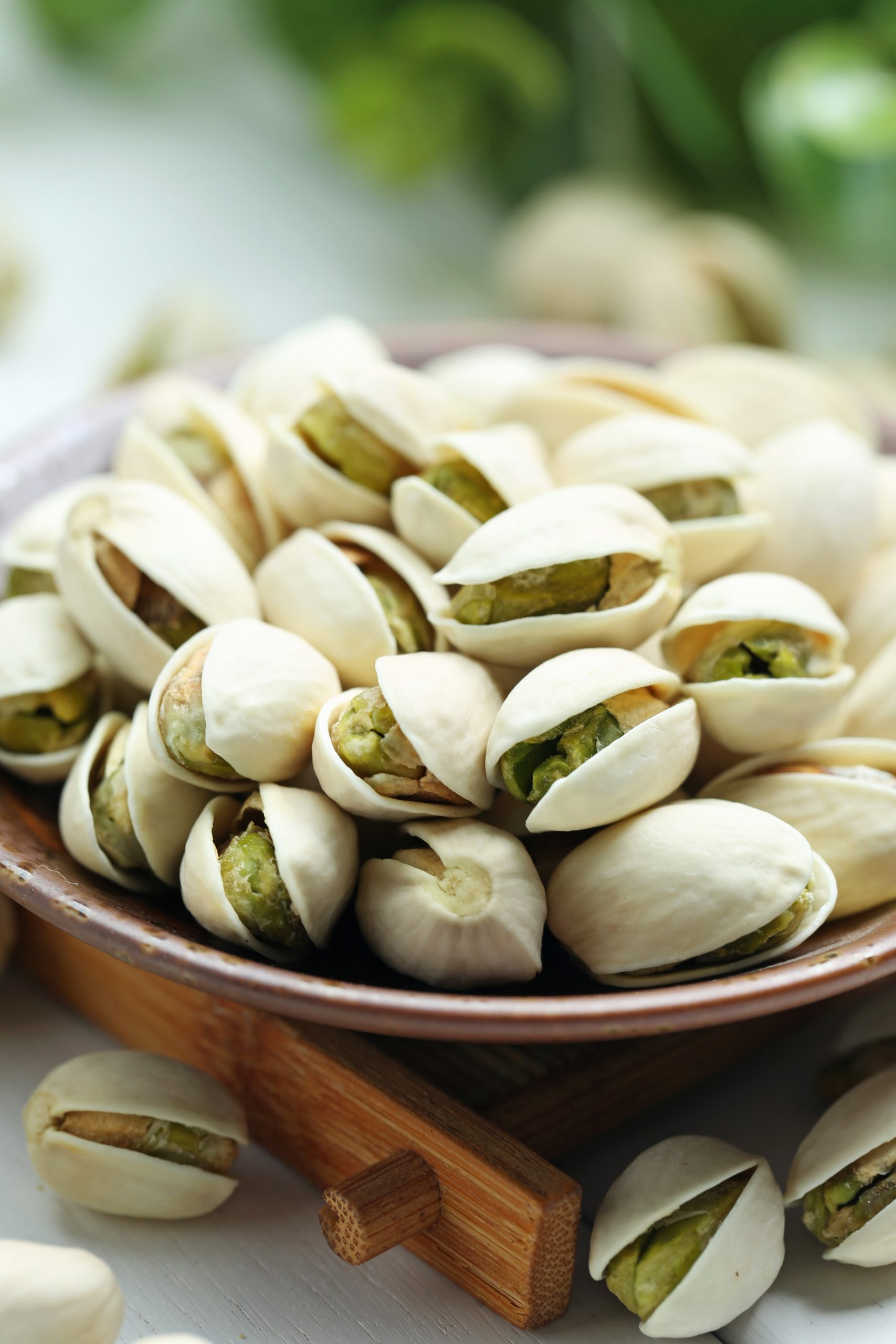
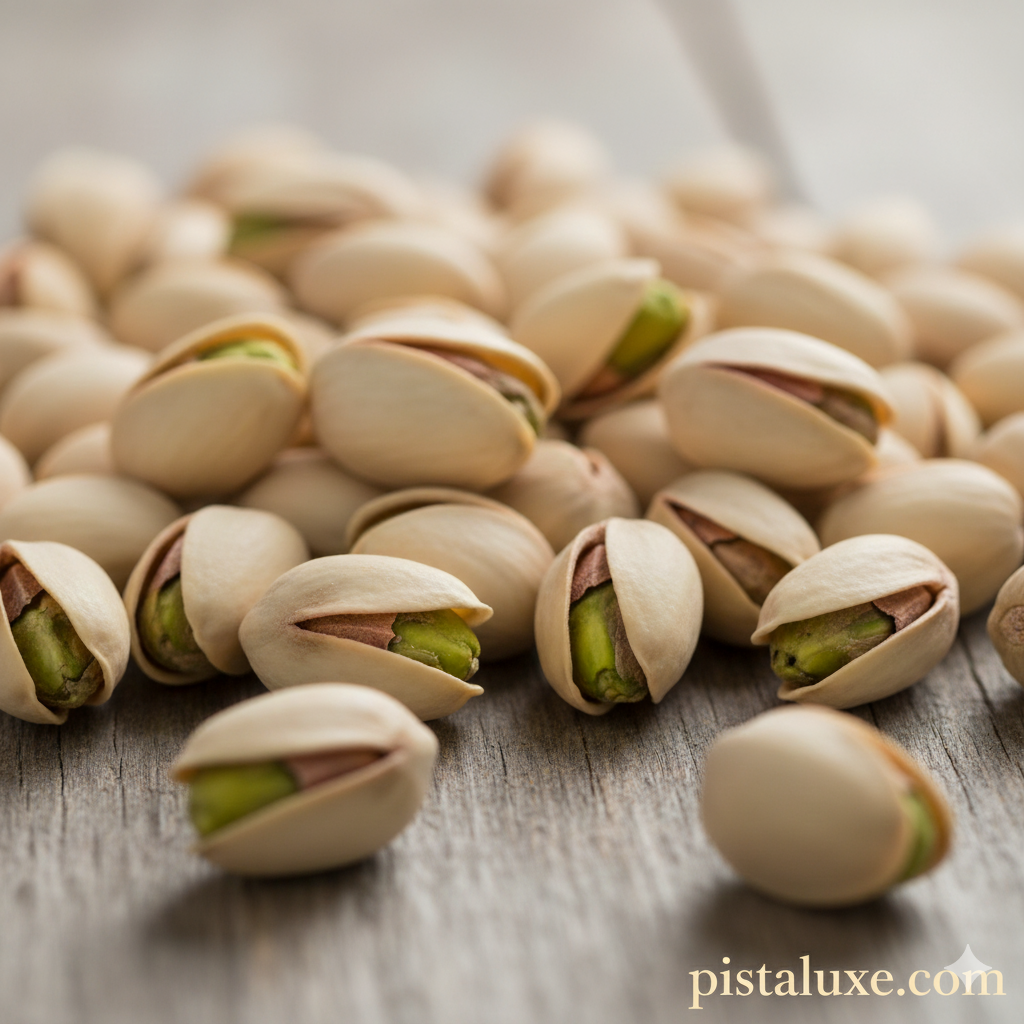

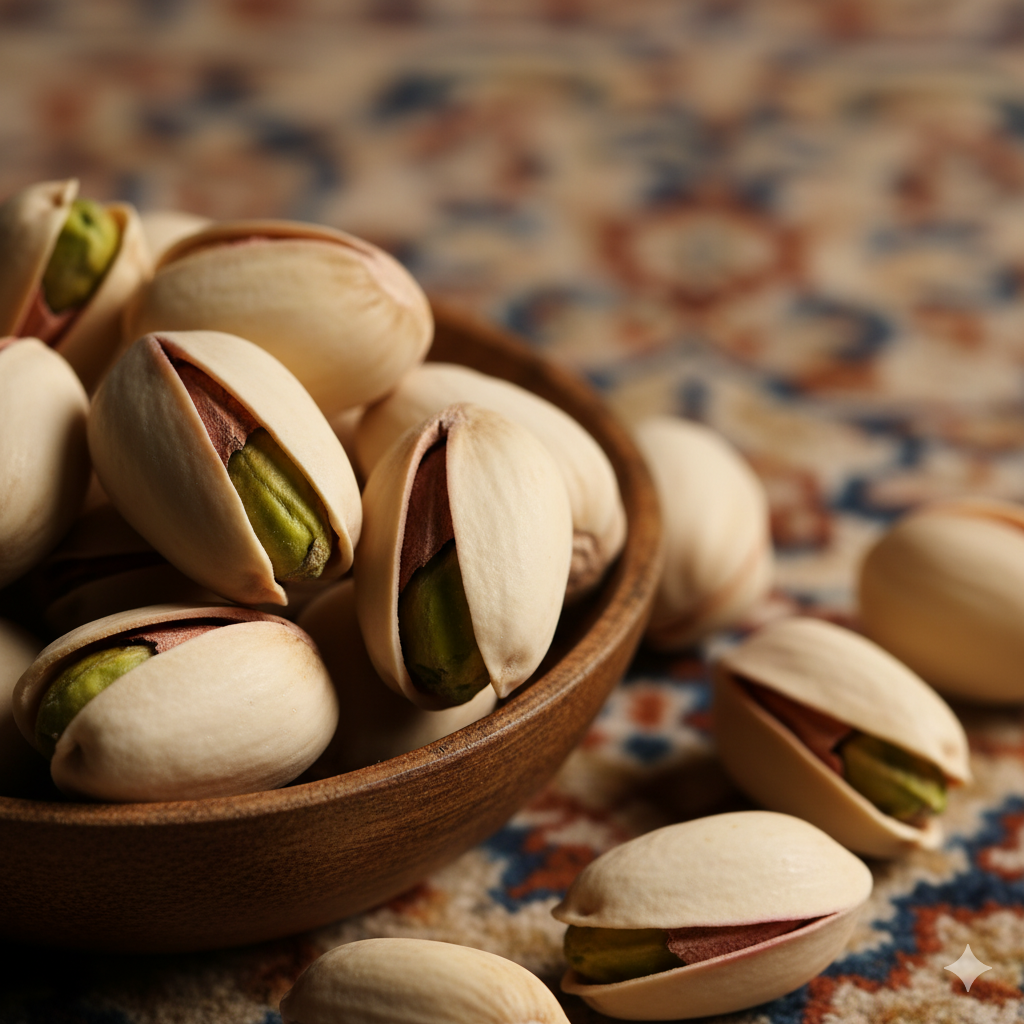
Methods of Pistachio Cultivation: From Soil to Harvest – pistaluxe
April 19, 2025[…] the right location for pistachio cultivation is essential for optimal […]